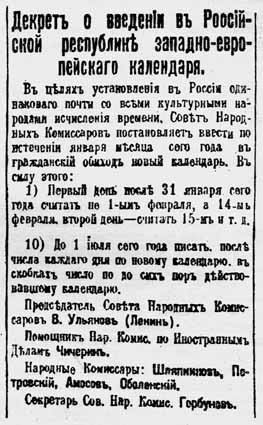Date formed November 8, 1917 Head of government Vladimir Lenin Status in legislature Majority | Date dissolved January 21, 1924 Member party Communist | |
 | ||
Head of state Communist Party of Russia
(as head of Proletariat) | ||
The Government of the Russian Soviet Federative Socialist Republic was known officially as the Council of People's Commissars (1917–1946), the Council of Ministers (1946–1978) and the Council of Ministers – Government (1978–1991).
Contents
Council of People's Commissars
The Council of People's Commissars of the RSFSR (Russian: Совет народных комиссаров РСФСР) was government cabinet of the Russian Soviet Federative Socialist Republic (RSFSR) from 1917 through 1946, when it was renamed the Council of Ministers of the RSFSR. In 1922 state powers of the institution were technically somewhat superseded by the Council of People's Commissars of USSR.
By September 1917, the councils (soviets) of workers, peasants and soldiers acquired considerable political and military power. The leaders of the Petrograd Soviet conspired to overthrow the Russian Provisional Government; the uprising started on 7 November 1917, when Red Guards units captured the Winter Palace. On the next day, 8 November 1917, the Second All-Russian Congress of Soviets recognized the success of the uprising, and formally established the new government that reflected the capture of the soviets by the Bolsheviks.
The government was formally called the Council of People's Commissars (Совет народных коммиссаров), abbreviated as Sovnarkom (Совнарком). It was Leon Trotsky who devised the council and commissar names, thereby avoiding the more "bourgeois" terms, minister and cabinet.
The People's Commissars (Russian: Народный комиссар, translit.: Narodny komissar, or Narkom) functioned as government ministers; a ministry was therefore called a People's Commissariat (Russian: Народный комиссариат, translit.: Narodny komissariat, abbreviated to narkomat).
Formation
Traditionally, a government is a council of ministers nominated by a ruler or by a president, but the Bolsheviks saw this as a bourgeois institution, and wanted to create what they thought a new government of workers and peasants, a 'soviet' government.
The role and structure of the Sovnarkom was formalized in the 1918 Constitution of the RSFSR. The Sovnarkom of the RSFSR was responsible to the Congress of Soviets for the "general administration of the affairs of the state". The constitution enabled the Sovnarkom to issue decrees carrying the full force of law when the Congress was not in session. The Congress then routinely approved these decrees at its next session.
Each People's Commissar was head of commissariat and had several deputies and a collegium which functioned as a deliberative body to advise the commissar.
The Chairman of the Council of People's Commissars, also elected by the Congress, had a function similar to that of a prime minister. The first Chairman of the Sovnarkom was Vladimir Lenin.
The original People's Commissars
The first council elected by the Second All-Russian congress was composed as follows:
Council of Ministers
The Council of People's Commissars was renamed Council of Ministers in 1946.
